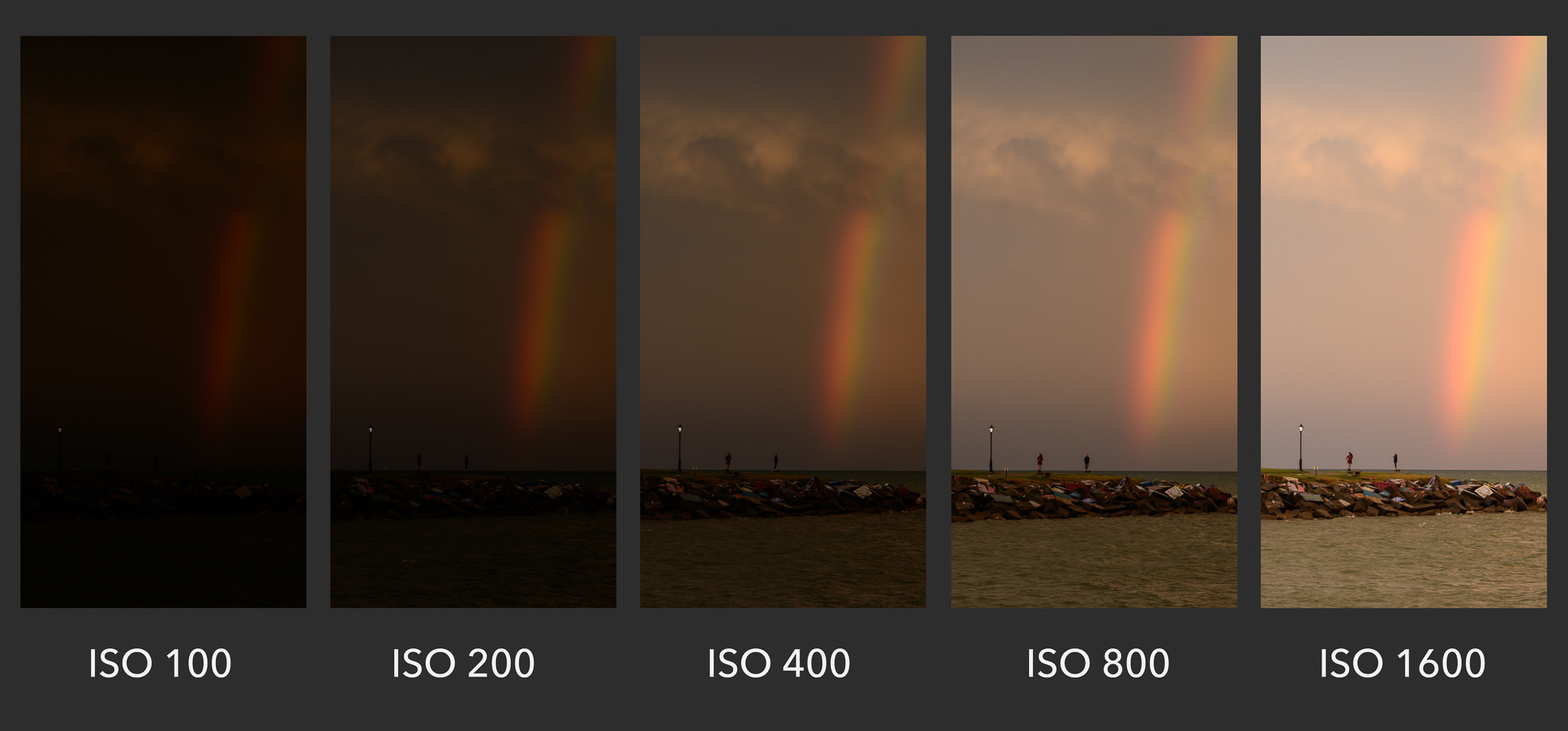The ISO setting changes the sensitivity of light sensor in the camera. This means that with a higher ISO, for example 1600, you will have a brighter image than with a lower ISO e.g. 100. However, the higher the ISO of your image, the more grainy and noisy your image will look, this is why most cameras automatically set the ISO to 100 for little to no noise in the image. ISO goes hand-in-hand with aperture and shutter speed. The ISO setting that you have your camera on can also be determined by what you're taking a picture of. For example, if taking a picture of a dark room without using studio lights or flash you would set the ISO high to allow the sensor to capture more light.
White Balance, represented by WB on a camera, is changing the camera's sensitivity to certain colours of light. For example, the white balance can be changed so that the colour red is more prominent in the image. This can really define what we focus on as the viewer as our eyes are drawn to different parts of the image. White balance uses the temperature scale Kelvin, meaning that the higher the number, the more distinct the blue colours are and the lower the setting the more red is distinct. The white balance is changed in an image depending on what light source we are using. For example, if you were to use a candle light (1000 - 2000 K), you would have the white balance set lower than if you were using electronic flash (5000 - 5500 K)



No comments:
Post a Comment